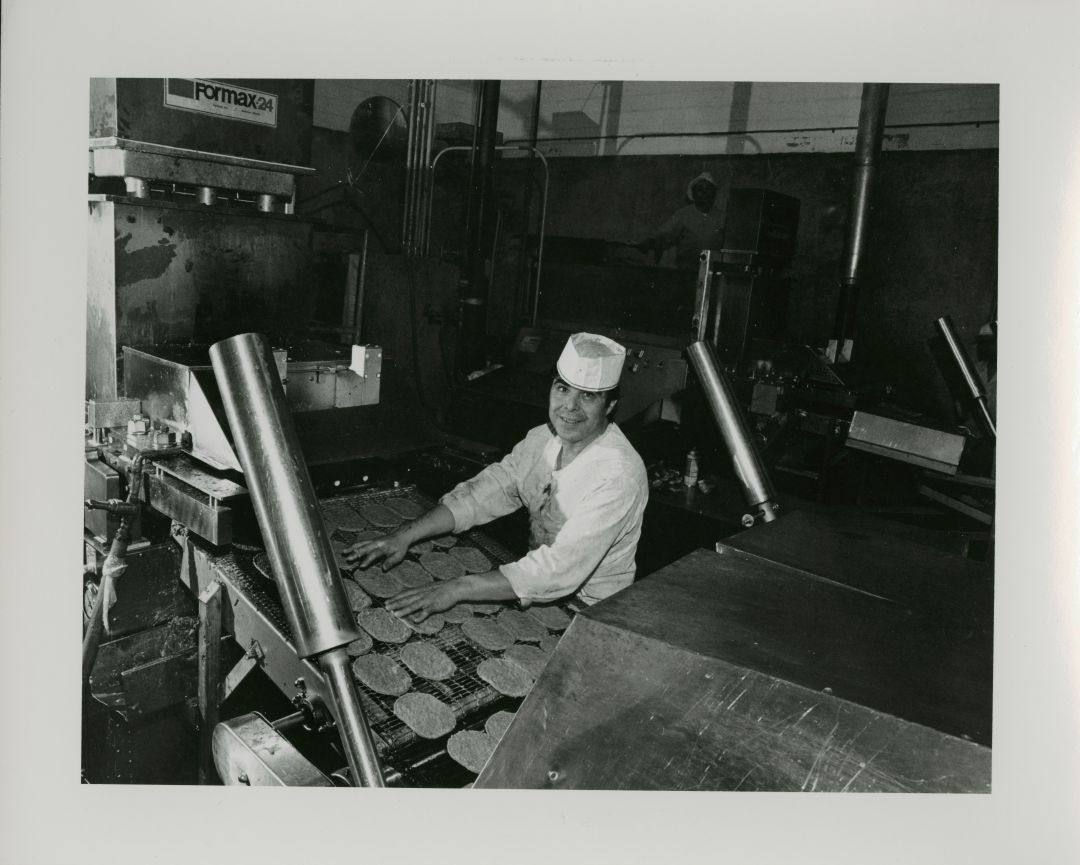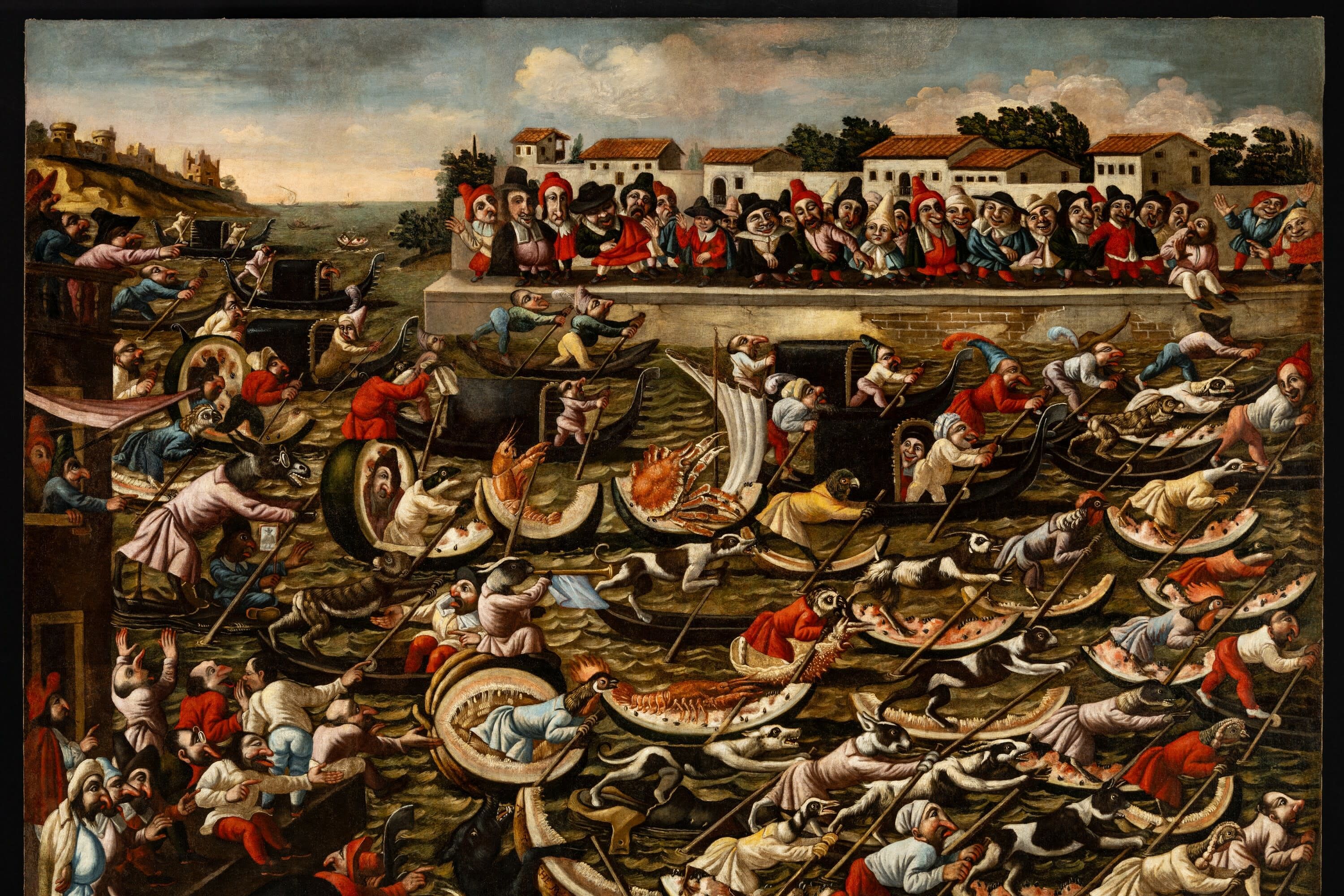The Ringling's New Photography Exhibit Explores the Nature of Work

Lewis W. Hine (American, 1874-1940), Breaker Boys in a Coal Chute, South Pittston, Pennsylvania, 1911, printed later. Gelatin silver print, 10 9/16 x 13 ½ in. Gift of Warren J. and Margot Coville, 2012.
Image: Courtesy Photo
The John and Mable Ringling Museum of Art will present a new exhibit called Working Conditions: Exploring Labor Through The Ringling’s Photography Collection from Aug. 26, 2023, through March 3, 2024, in the museum’s Searing Wing.
Culled from The Ringling’s extensive collection of photography, the images featured in Working Conditions explore and conceptualize labor from the 19th century to present day. The exhibition’s approximately 50 photographs represent a diversity of perspectives on labor, from the belief that it is a manifestation of industrial progress to the concern that it exploits society’s most vulnerable people.

Margaret Bourke-White (American, 1904-1971), Industrial Rayon Corporation, Painesville, Ohio, 1939. Gelatin silver print, 13 9/16 x 10 ¼ in. Gift of Warren J. and Margot Coville, 2020, 2020.1.30. © Estate of Margaret Bourke-White
Image: Courtesy Photo
Artists include documentary photographer Lewis Hine, whose images of child labor and poor working conditions spurred social change; Soviet-era photographer Dmitiri Baltermants, whose photographs of workers emphasize the nobility of their contributions; and contemporary artist Endia Beal, who explores the ways in which young Black women must navigate often-hostile corporate culture. Other artists of note are Walker Evans, Arthur Rothstein, Manuel Álvarez Bravo, Margaret Bourke-White, Danny Lyon, Lewis Baltz, Sebastião Salgado and Bill Owens.

Walker Evans (American, 1903-1975), Coal Dock Worker, 1933, printed later. Gelatin silver print, 7 11/16 x 6 1/8 in, Gift of Stanton B. and Nancy W. Kaplan, 2019, SN11678.2. © Walker Evans Archive, The Metropolitan Museum of Art.
Image: Courtesy Photo
The exhibit is curated by Christopher Jones, The Ringling’s Stanton B. and Nancy W. Kaplan curator of photography and media arts. His conception of the exhibition was inspired, in part, by recent gifts of Bill Owens photographs to the museum. The Owens photographs are on view for the first time since their donation to The Ringling, and include the artist’s series Working, in which Owens portrays people at their jobs during the mid-1970s and explores how the work they perform shapes their identities.

Bill Owens (American, born 1938), Industrial burger maker, Tri-Valley Area, Northern California, from the series Working, 1974-1976. Gelatin silver print, 6 7/16 x 9 1/16 in. Gift of John Chatzky and Debbie Mullin, 2021, 2021.51.31. © Bill Owens
Image: Courtesy Photo
“Owens’ photographs in Working capture the visual culture of that era," Jones explains. "They present an amusingly tongue-in-cheek approach to the subject matter that is both anthropological and familiar. The images in that series provided the initial idea for the exhibition: to explore the ways in which photographs have communicated ideas about labor since the 19th century, and how our concept of work has evolved as the medium has evolved over the decades.”
Working Conditions also offers a meta-commentary on the nature of photography itself as a form of labor and production. Photography, which was developed toward the end of the Industrial Revolution, was a result of a process by which a task—in this case, image-making—was made easier by machines. Yet almost as soon as it was conceived, photography also became a medium through which artists could express ideas and explore aesthetic questions. The exhibition acknowledges this duality, presenting a far-reaching selection of work-related photography that examines how labor has been featured throughout the past century of visual culture.
To commemorate Labor Day, Jones will provide a curator-led Gallery Talk of Working Conditions on Tuesday, Sept. 5, at 11 a.m. For more information and to reserve tickets, visit ringling.org.



